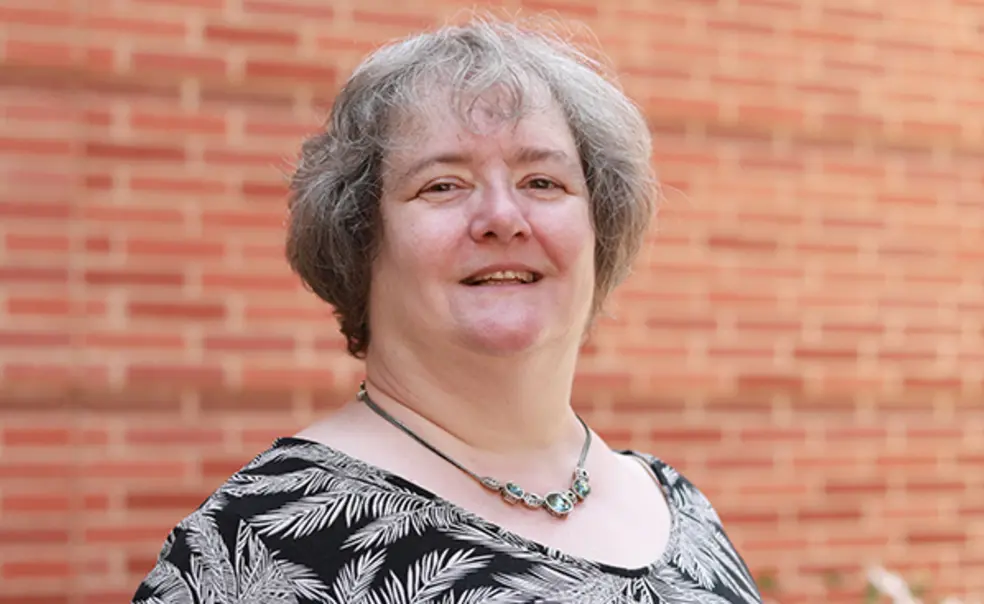For Andrea Bertozzi ’87 *91, Math Opens Avenues of Collaboration, Mentoring
After eight years of math at Princeton — first as an undergraduate and then as a Ph.D. student — Andrea Bertozzi ’87 *91 moved from the small undergraduate-focused university to teach at UCLA, where the math department includes 1,500 students. She has so far graduated 37 Ph.D.s (two more are defending their work this month) and overseen the training of hundreds of undergraduates. But her approach to teaching remains shaped by her experiences at Princeton, where students receive more individual attention from their professors.
While Bertozzi wanted to give that kind of attention to the undergrads at UCLA, the size of her department meant things could not operate exactly like they do at Princeton. “If you want to supervise undergraduate research in a way that meets the ways of the student body, it has to be done on a different scale with a different template,” Bertozzi said.
She saw an opportunity to promote mentoring through a summer undergraduate research program that she started and has overseen for more than a decade. In recent years, the program has been averaging 40 to 50 students, sometimes more. Students are placed in teams, some of them working with postdocs in Bertozzi’s research group, some working with other faculty.
Bertozzi likes this collaboration; as an undergraduate at Princeton, she wasn’t friends with many Ph.D. students or postdocs. The summer opportunities at UCLA allow undergraduates to become familiar with how the math department works at all levels, she said.
Last week, Bertozzi delivered an invited talk at the International Congress of Mathematicians in Rio de Janeiro, and earlier this year, she was elected to the National Academy of Sciences, in recognition of her contributions to applied math.
Part of the responsibility of Academy members includes service projects, so within two weeks of being admitted, Bertozzi met with Hollywood directors and writers to explain her work and offer ideas for new stories and characters for movies and TV shows. There, she spoke about the research group she started to study patterns in crime, a collaboration with UCLA anthropologist Jeff Brantingham and the Los Angeles Police Department. Methods developed by the team were turned into a commercial software package (PredPol) now being used by 50 cities worldwide. The model, adopted from a similar used to predict earthquakes and aftershocks, helps determine how crime leads to additional crime.
Bertozzi has also been examining the tendency of wine to climb up the sides of a glass (what the wine industry has called “legs”). Only in the past 20 years have researchers formed equations to explain how and why this phenomenon happens. Bertozzi and her colleagues are developing a new theory for these questions, the findings of which will be published soon.
She is also working with a postdoc developing mathematical models for homelessness in LA. Bertozzi said social services have collected substantial qualitative data but lack ways to quantitatively predict homelessness in the city. “I think social issues need to be better informed by quantitative science,” she said. Still, publishing papers about homeless can become political, Bertozzi said. “Every time we write something up we think it might be interpreted by scientists as a political statement. We’re trying to look at something from a very scientific, mechanistic point of view.”
As a researcher and scholar, Bertozzi likes to be connected with academics from diverse disciplines and backgrounds. “I’m always looking for new collaborators to branch into new areas and build on things I’ve already done,” she said.












No responses yet